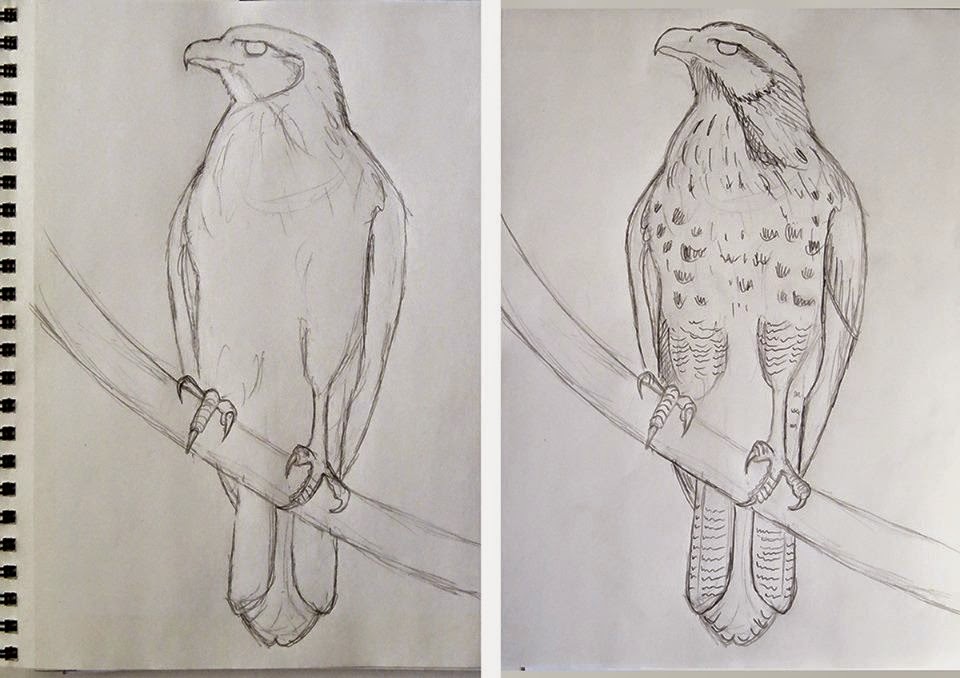Reggie's Tree Topper

If you look closely, you'll notice a subtle alteration to our Christmas tree. It's up there, right at the top, see? That old plastic tree topper might seem a bit out of place atop a homespun Christmas tree adorned in simple, handmade ornaments. But there's so much more to it than a simple tree topper. This is a finial perched atop a child's holiday memories. A lightening rod that conducted the best energies of a father who was hard on his family, its presence and its meaning protecting them from the things that were hard to understand. Last night, I shared my mother's love of Christmas, and her insistence on having a live tree to decorate. As a kid, I had no idea how the tree got there, it just sort of magically appeared. I know now that there was always quite a row about getting the tree, getting it in the house, and positioning it just so. My dad was hard on us, and there were times when it wasn't always so clear whether he loved us or just tolerated u









